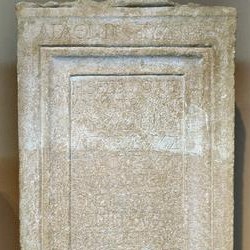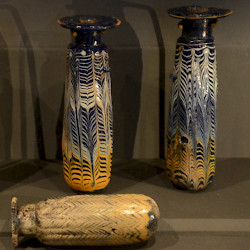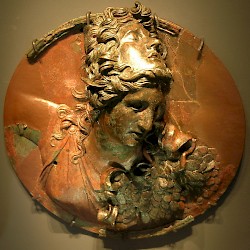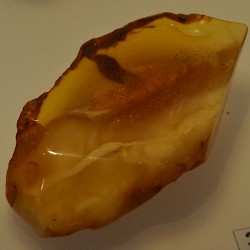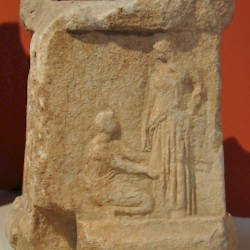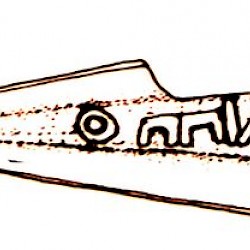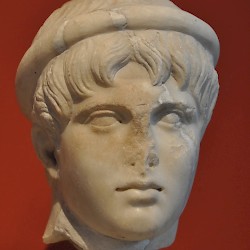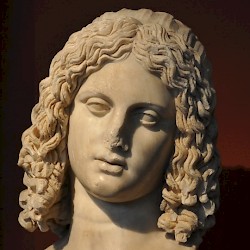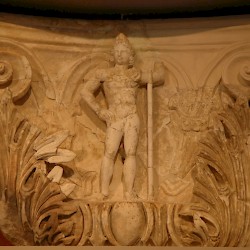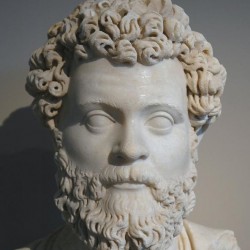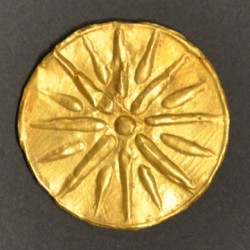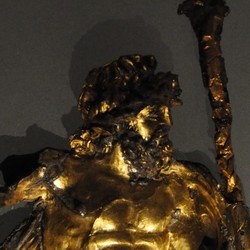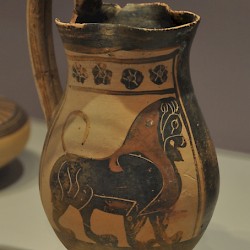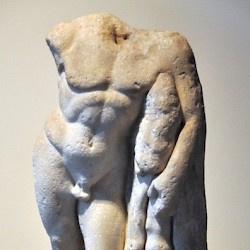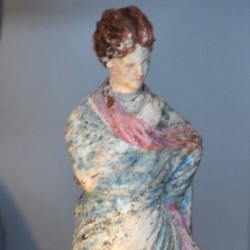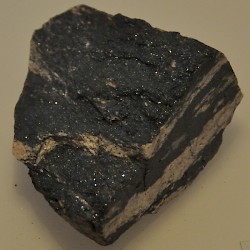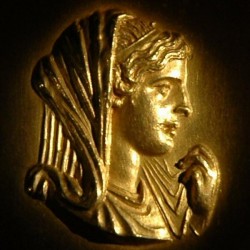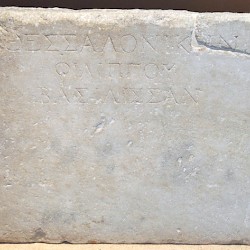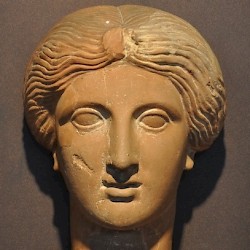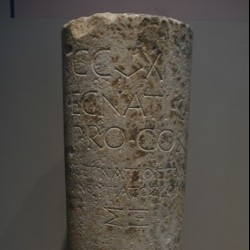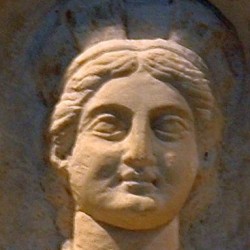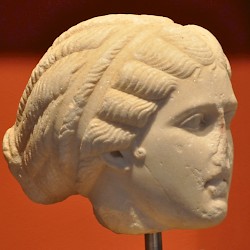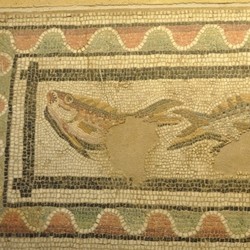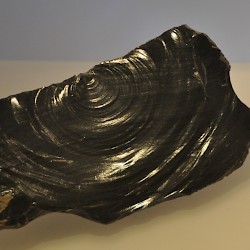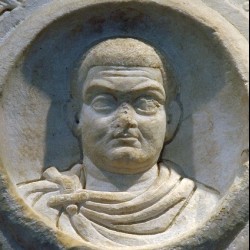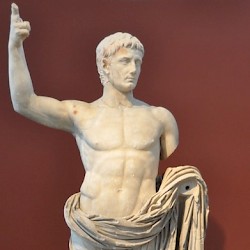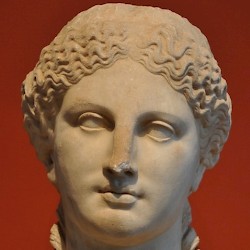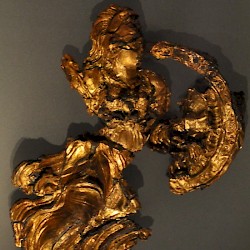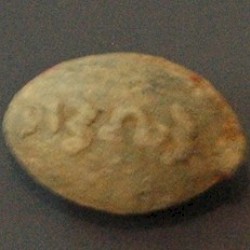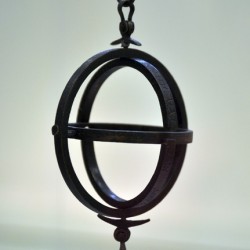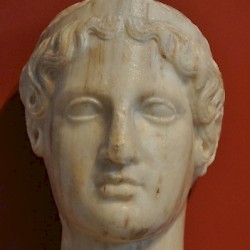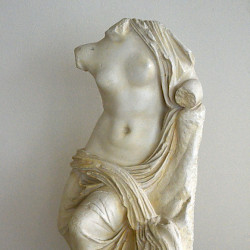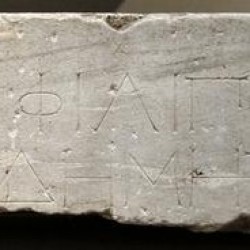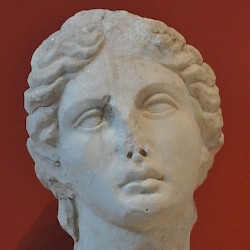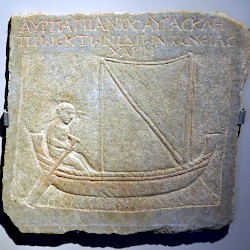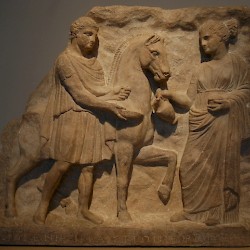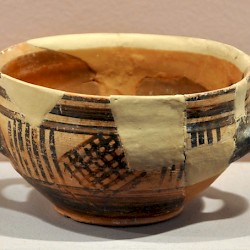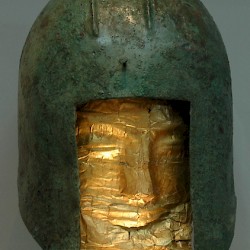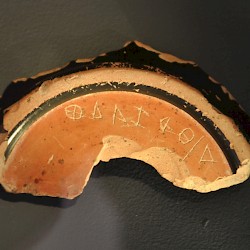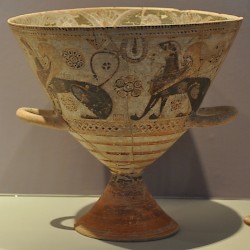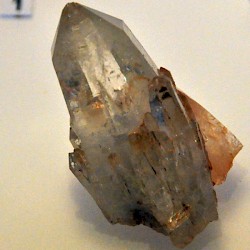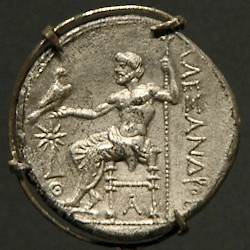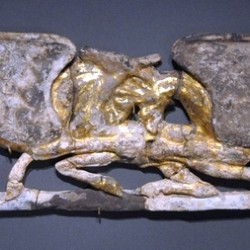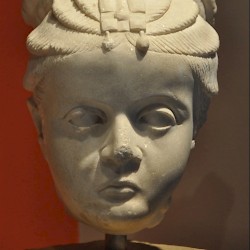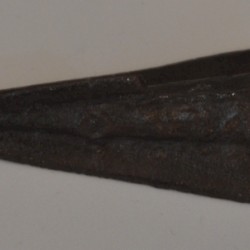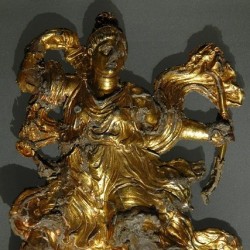Thessaloniki, Archaeological Museum
Q2658285The Archaeological Museum in Thessaloniki and its twin, the Byzantine Museum, are among the finest museums in the world. It is easy to spend a day over there, and fortunately, these quiet museums are open until eight o’ clock in the evening. They are certainly worth a detour – in fact, Thessaloniki and towns like Pella, Vergina, Amphipolis, and Philippi are sufficiently interesting to be the object of a complete holiday.
The Archaeological Museum consists of four parts. In the first place, there is the collection of ‘normal’ objects: several rooms full of sculpture and mosaics from Thessaloniki and one wing illustrating daily life in ancient Macedonia. If this was all there was to be seen, you would greatly enjoy it. I personally love the bust of Septimius Severus, but there are also several interesting inscriptions. The statues that were once known as Las Incantadas (“the enchanted ladies”) and are now in the Louvre, are shown as large drawings: you won’t miss a thing.
But there’s more. The second part of the museum contains the finds from the Macedonian tombs – and that means a lot of gold. The most famous piece is a large vessel from Derveni, but there are also finds from Pydna, Katerini, Sindos, Stavroupolis, and so on. And of course you will find the Derveni papyrus. You can discern the letters, but reading it is next to impossible.
The third part is in the basement, where you will find an exhibition of Macedonia’s prehistory, including some very ancient skulls. Next to it are many splendid objects of glass, together with explanation of what glass actually is, how it is made, and so on. I would have liked to spend some more time over here. Finally, the fourth part is the garden, where you will find dozens of sarcophaguses, with good explanations of the sometimes barely legible inscriptions. There are interesting comments, and you must certainly go there.
This museum was visited in 1992, 2007, 2010, 2017.
